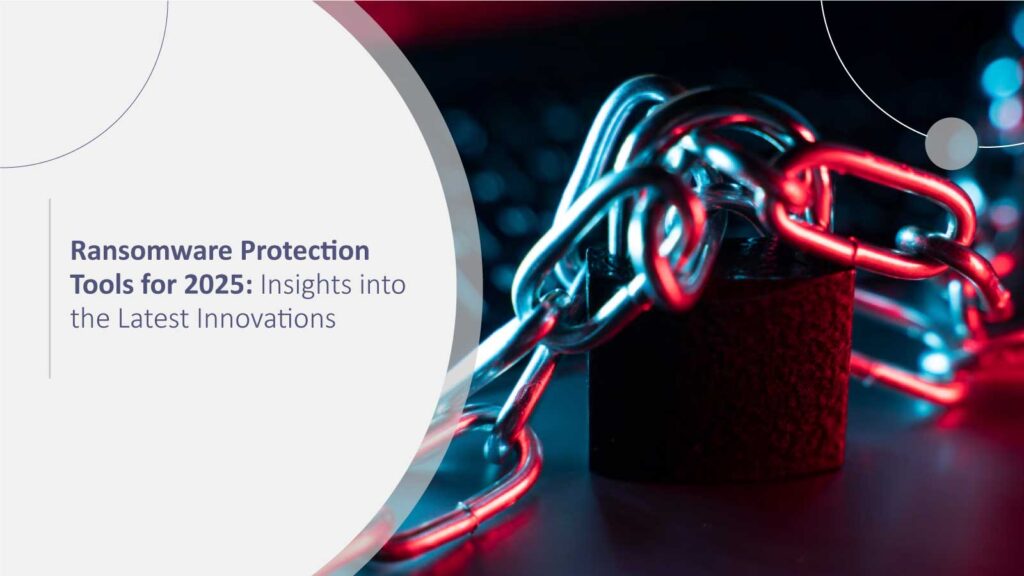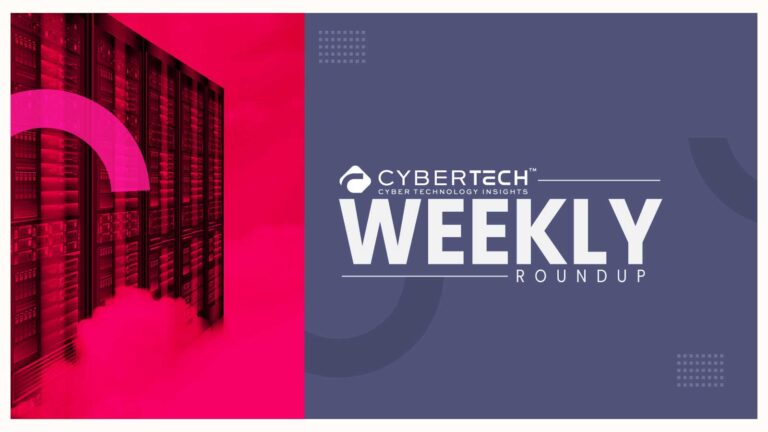SpyCloud, the leader in Cybercrime Analytics, today released its 2024 Malware and Ransomware Defense Report, an annual analysis of how security leaders and practitioners understand and plan for the threat of malware and ransomware at their organizations.
Cyber Technology News: Tenable Unveils Enclave Security for High-Security Needs
For this fourth annual report, SpyCloud surveyed 510 individuals in active cybersecurity roles within organizations in the US and the UK with at least 500 employees. The report examines the top concerns and real-life impacts of ransomware, including popular entry points, ransom payments, and the cumulative costs of these attacks to the business. It also highlights cyber threat prevention strategies and future security priorities for the next 12 months identified by these experts.
Key findings include:
- Ransomware is seen as the biggest cybersecurity threat across every industry, with 75% of organizations affected by ransomware more than once in the past 12 months – a jump from 61% in 2023.
- Traditional tools and solutions like antivirus and MFA are not infallible. For organizations affected by ransomware in the past year, multi-factor authentication(MFA) bypass via session hijacking is seen as the greatest emerging threat for ransomware, and at least 54% of devices infected with infostealer malware had an antivirus or endpoint detection and response (EDR) solution installed at the time of infection.
- Despite this, respondents still named MFA as the second-most common countermeasure for malware remediation – demonstrating a need for new strategies.
- Based on recaptured malware data tied to the industries SpyCloud surveyed, as well as previous self-reported ransomware attacks, SpyCloud predicts that the insurance and healthcare industries are at most risk for a ransomware attack in 2024:
- Insurance: 6.3x more likely to experience a ransomware attack
- Healthcare: 2.1x more likely to experience a ransomware attack
- CIOs, CISOs, and other IT security executives (91%) are almost twice as confident than their security practitioner counterparts (54%) in their organization’s ability to prevent a full-blown ransomware attack – outlining an alarming disconnect between key decision makers and front-line teams on their preparedness for this costly threat.
“With ransomware operators increasingly exploiting infostealer-exfiltrated data like session cookies, it’s become clear that traditional defenses are no longer enough,” said Damon Fleury, chief product officer at SpyCloud. “In today’s ransomware-fueled climate, organizations need to shift to an identity-centric approach for malware remediation and ransomware prevention. This means extending protection beyond just devices and directly addressing exposed digital identities. To disrupt the evolving tactics of ransomware attacks before they escalate, step one is knowing the data criminals have already stolen. Step two is quickly remediating compromised credentials and terminating stolen web sessions – including SSO, VPN, and SaaS application access.”
Additional findings from the SpyCloud 2024 Malware and Ransomware Defense Report include:
Over 60% of organizations paid a ransom over the last 12 months, but only one-third fully recovered their data
Given ransomware operators’ success, it comes as no surprise to see an increase in the number of surveyed organizations that have been affected by ransomware in the past 12 months. In fact, over 90% of organizations reported being affected by ransomware over the last year, up from 81% in 2023. ‘Affected’ in this context means teams allocated resources to address ransomware attempts and/or full-blown attacks.
Cyber Technology News: Savvy Security Offers Industry’s Best Automated Offboarding Solution
Additionally, the data shows that year-over-year, significantly more organizations paid a ransom: 62% this year vs. 48% last year. But only about a third of those organizations fully recovered their data, which is a stark reminder that giving in to cybercriminals’ demands is a gamble, and the odds are not always in your favor.
In addition to the paid ransom, the overall cost of a ransomware attack continues to rise with more than 44% of businesses now incurring over $1 million in total costs, up from 39% last year. These expenses can include general disruptions, lost business, reduced productivity, and reputational damage—any of which can wreak havoc on an organization’s bottom line.
Rise of infostealer malware and digital identity exposure creates the perfect storm for ransomware attacks
Cybercriminals have pivoted to next-generation tactics, using information-stealing malware (or “infostealers”) to siphon digital identity data, authentication details, and session cookies from infected users and selling this information to ransomware operators – leaving virtually every respondent (99.8%) concerned about this trend.
SpyCloud found that 61% of all data breaches in the past year were malware-related, with infostealers responsible for the theft of 343.78 million credentials. They also found that one in five individuals have been victims of an infostealer infection. Each infection, on average, exposes 10-25 third-party business application credentials, creating fertile ground for further access and exploitation by ransomware operators. This, combined with a similarly explosive growth in digital identity exposure over the past few years, fuels a perfect storm for targeted cyberattacks like ransomware.
The digital-first environment has opened the floodgates to unmanaged and third-party devices
Participants rank third-party access as the second most common entry point for ransomware, and 82% are either extremely or significantly concerned about risks posed by third-party devices. Security professionals within the technology and manufacturing sectors express the highest concern.
Security teams often have little-to-no visibility into the risk stemming from these endpoints, making it difficult for an organization to properly defend itself. Compounding the issue, survey participants ranked detecting third-party or unmanaged devices infected by malware as the capability organizations lack the most today.
A preventative, layered, and calculated approach to malware remediation is needed to effectively prevent ransomware attacks
While there is universal agreement that more needs to be done to address the infostealer problem, the research demonstrates that organizations are making progress. The top routine actions that security teams now take in response to a malware infection on an infected device are: investigating the incident (79%), resetting passwords for potentially exposed applications (77%), and attempting to remove the malware (67%).
There was a big year-over-year jump in password resets (from 64% in 2023), which may be a positive sign of maturity. However, a “brute force” reset and wipe doesn’t solve the larger issue of stolen data, and thus access, in the wrong hands. Reviewing logs to analyze exposure and determine the necessary remediation path should be a high priority. Yet even fewer security teams do this than before: only 55% this year vs. 73% last year.
“To fully combat ransomware and other critical threats, organizations must adopt a multi-layered strategy that includes post-infection remediation steps like resetting application credentials and invalidating session cookies siphoned by infostealer malware,” Fleury added.
To share your insights, please write to us at news@intentamplify.com






